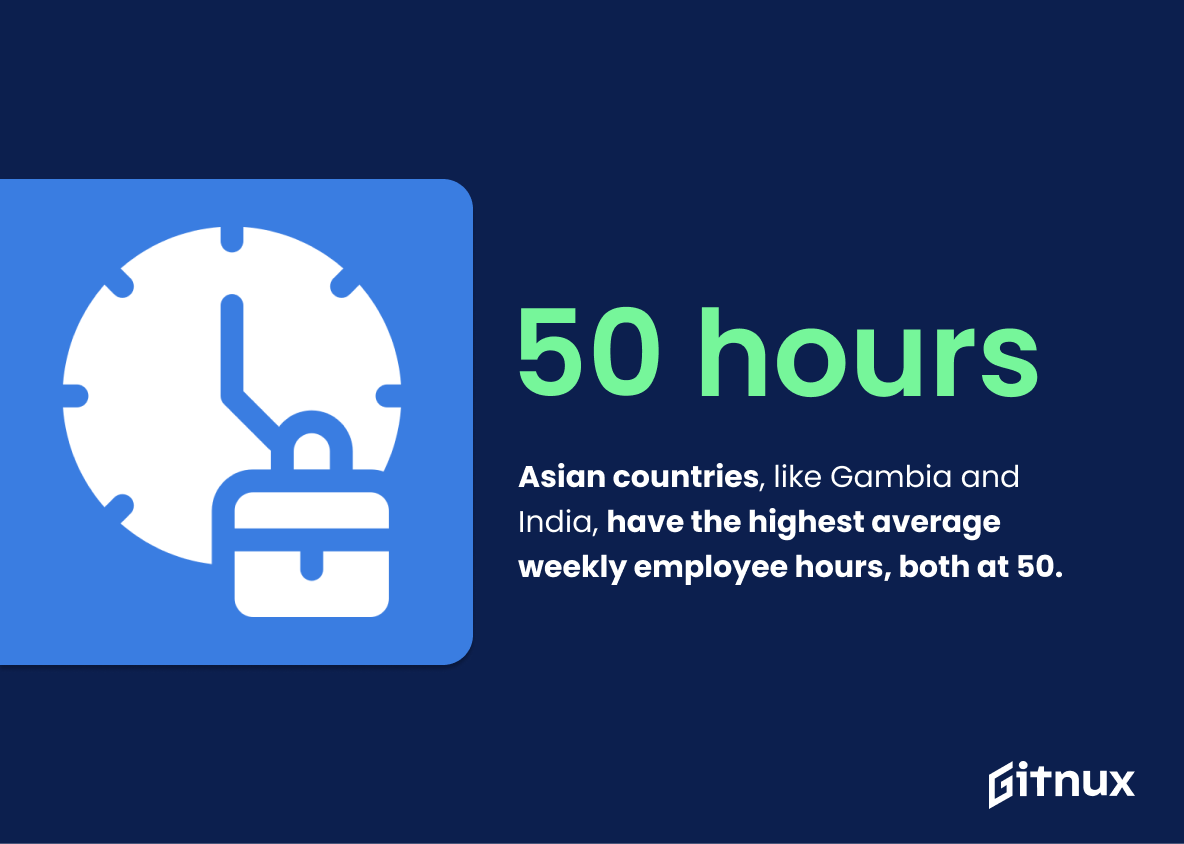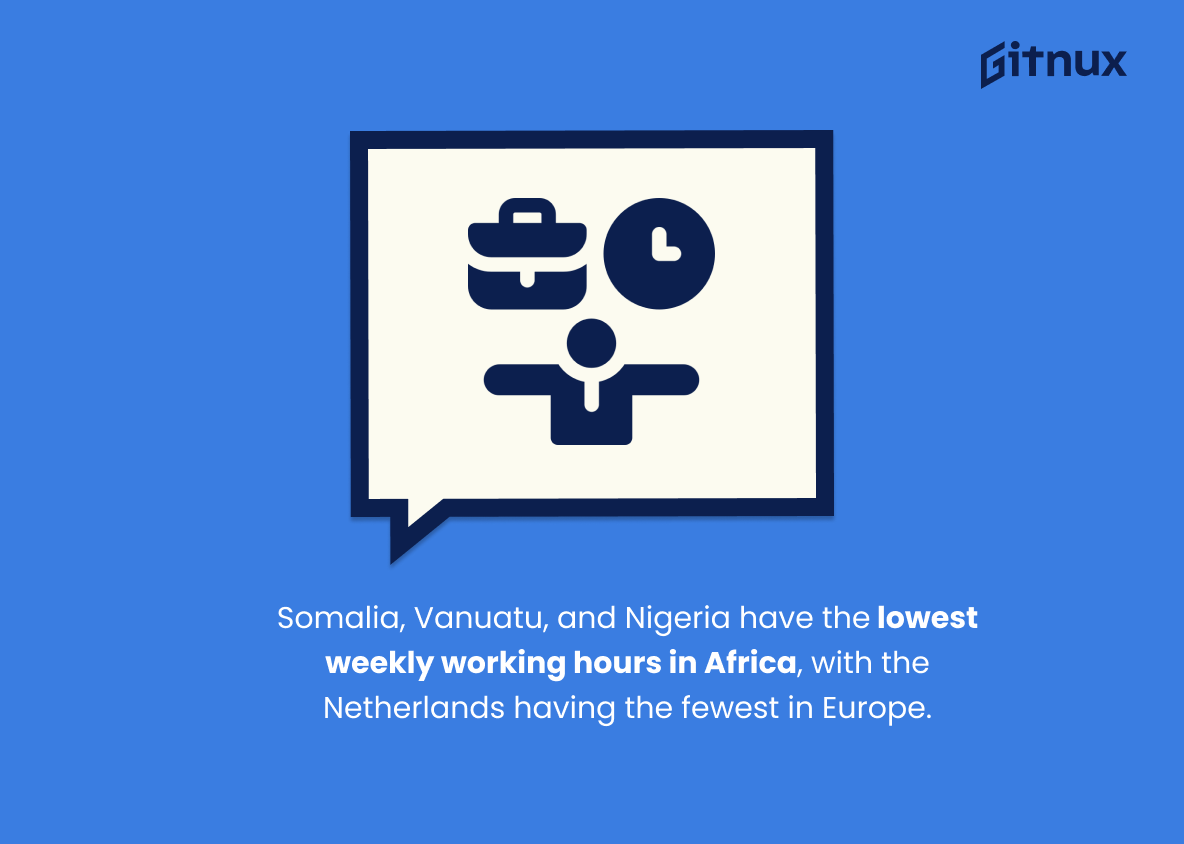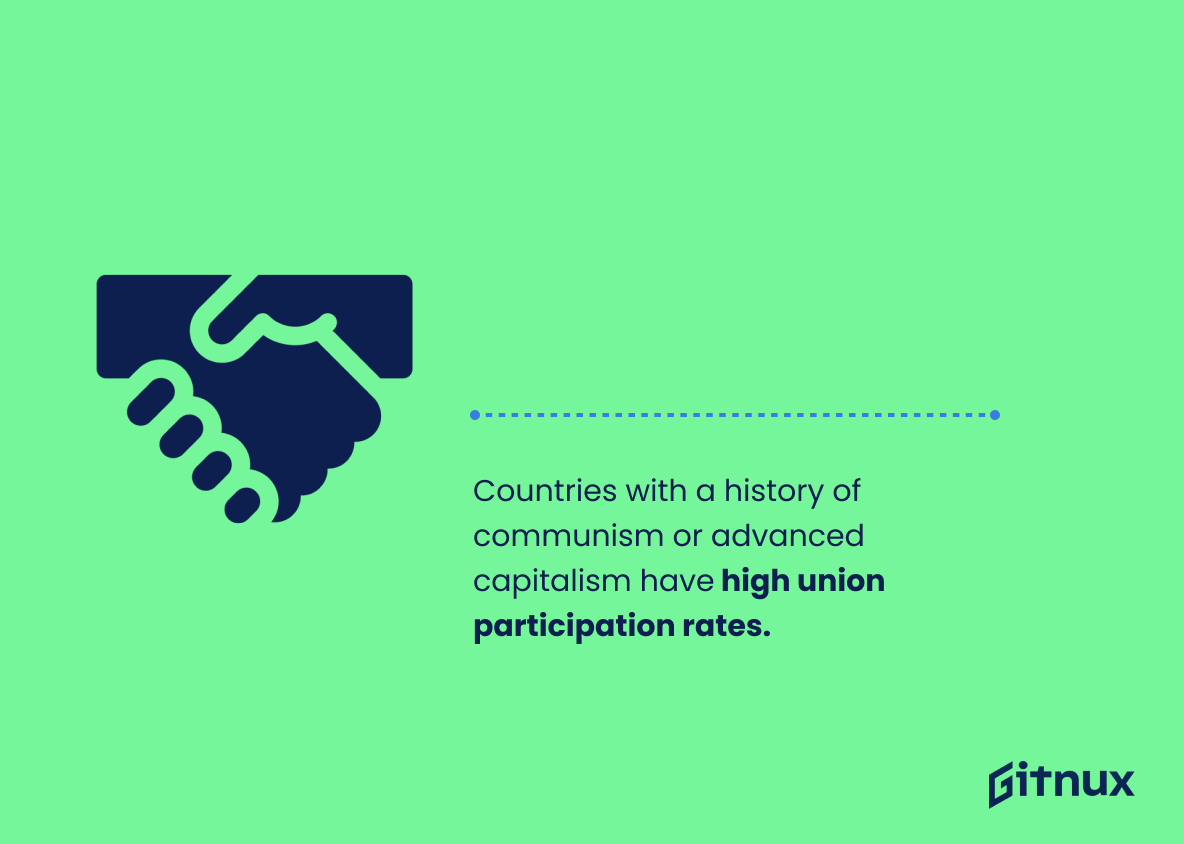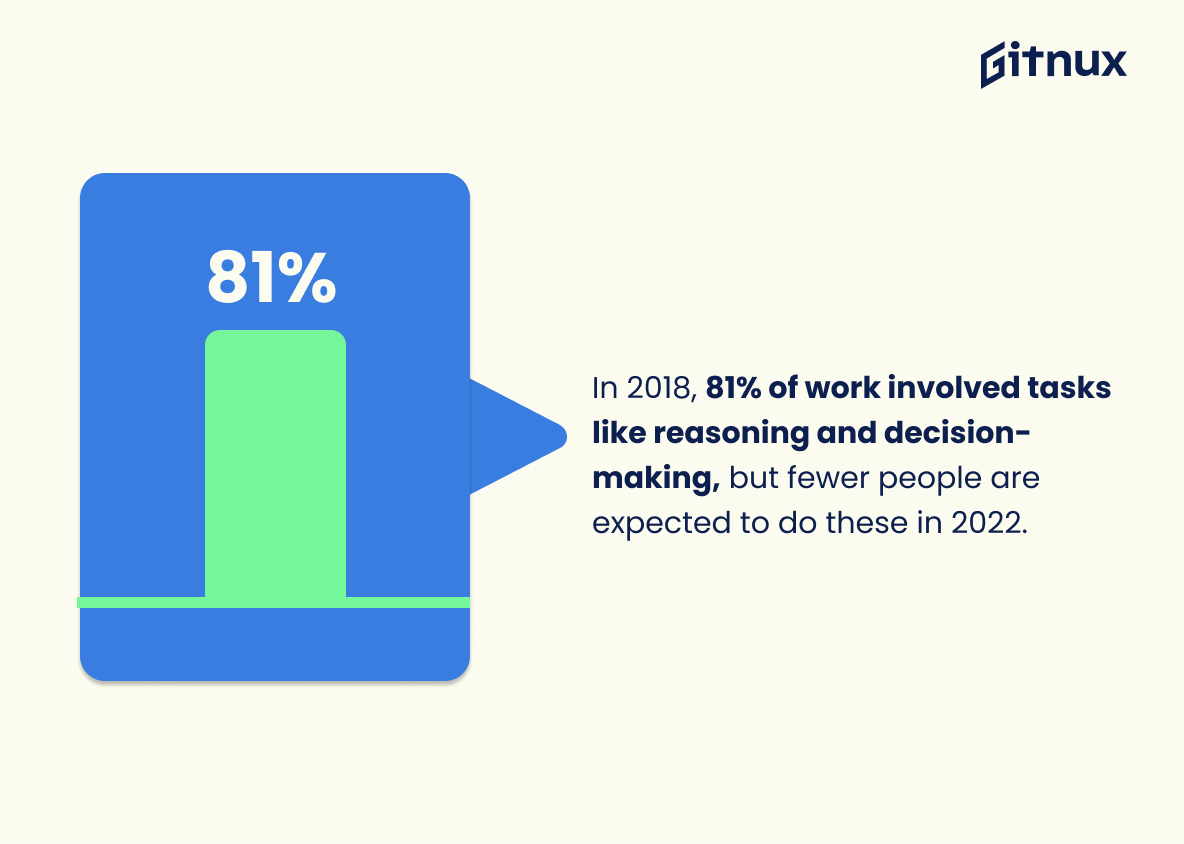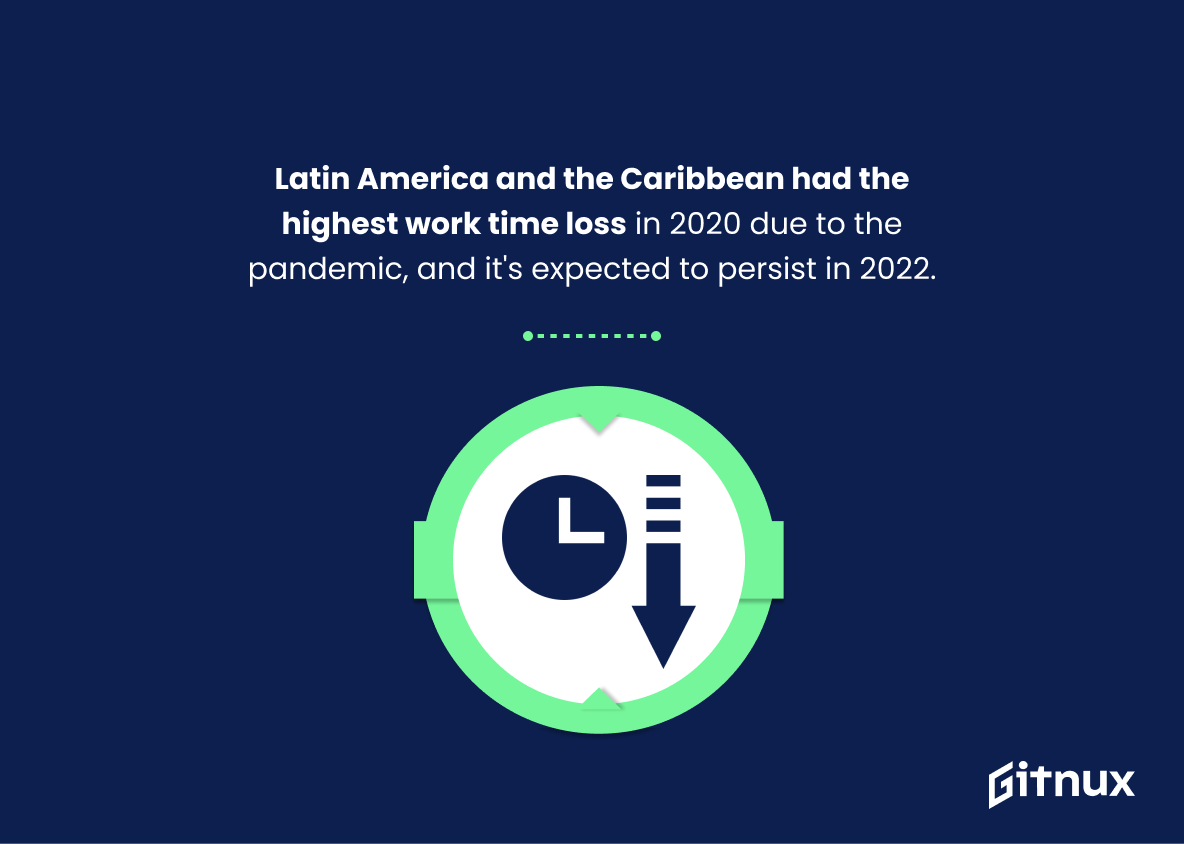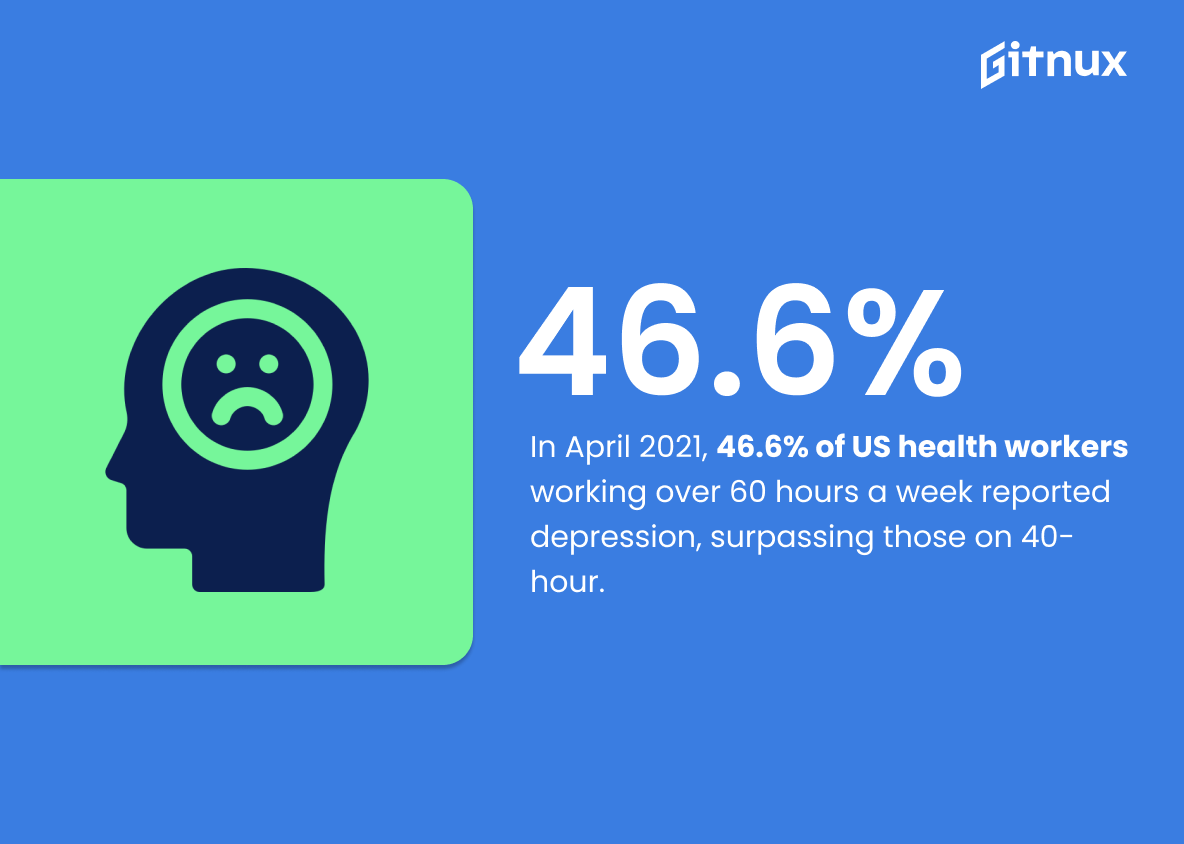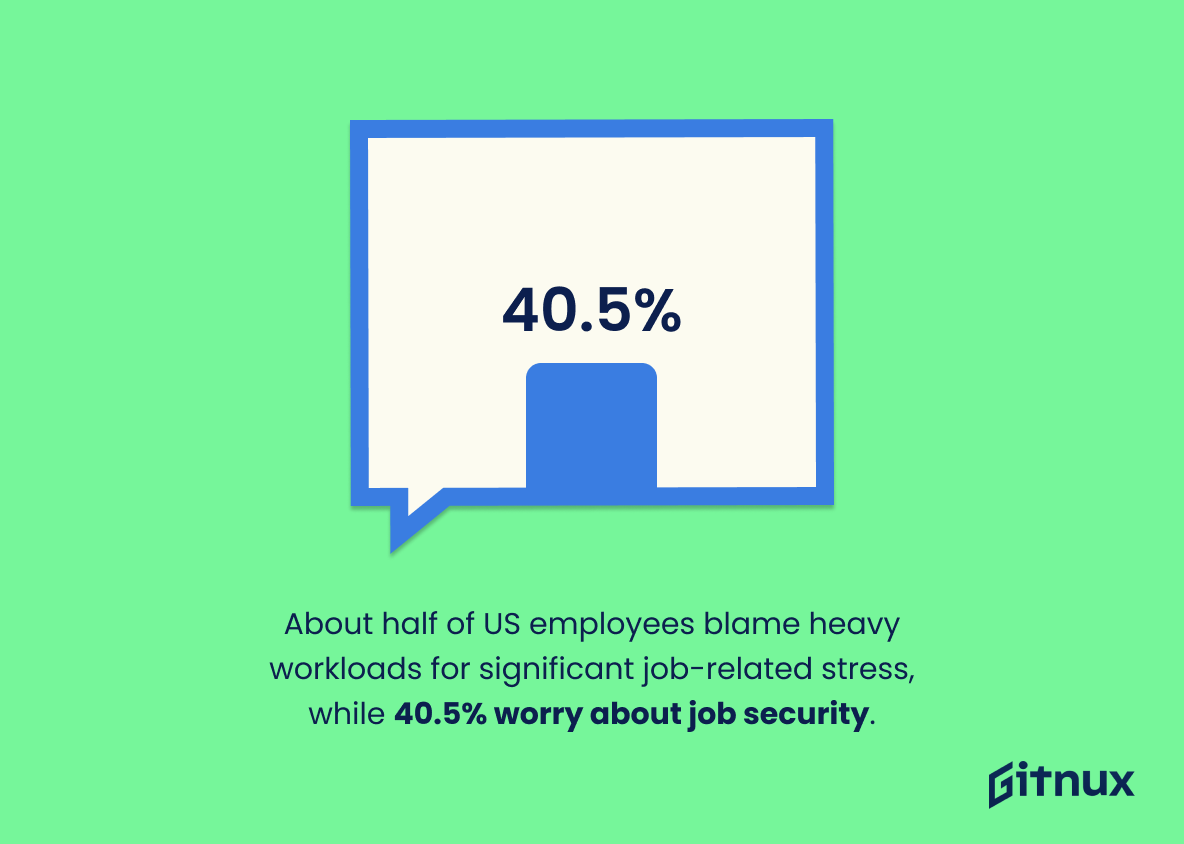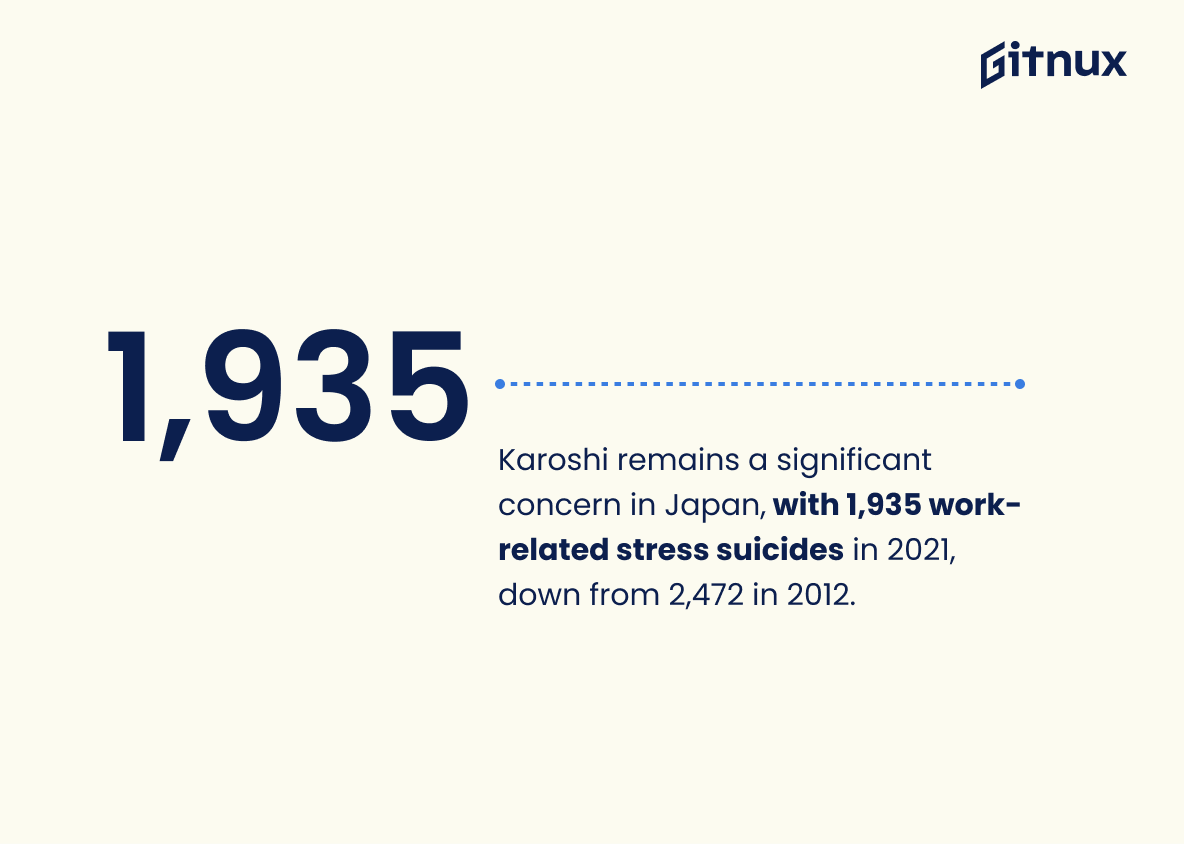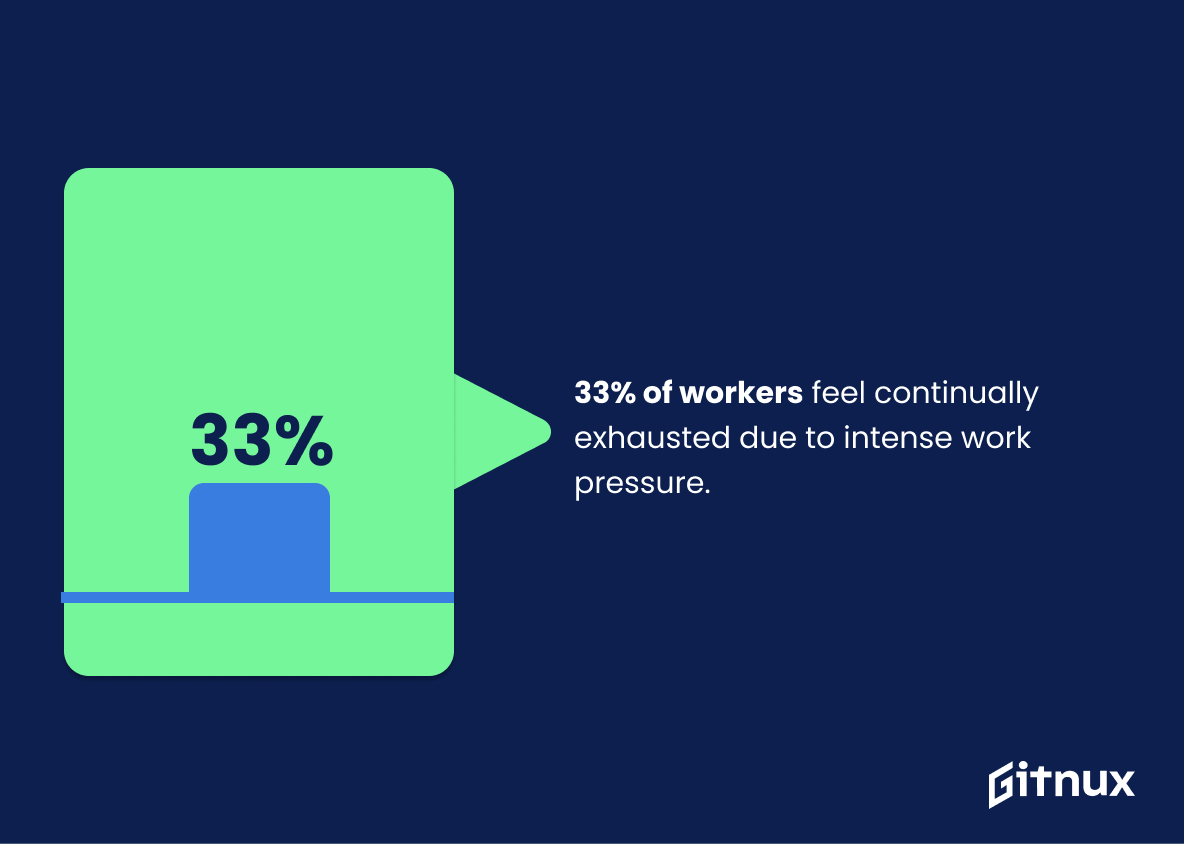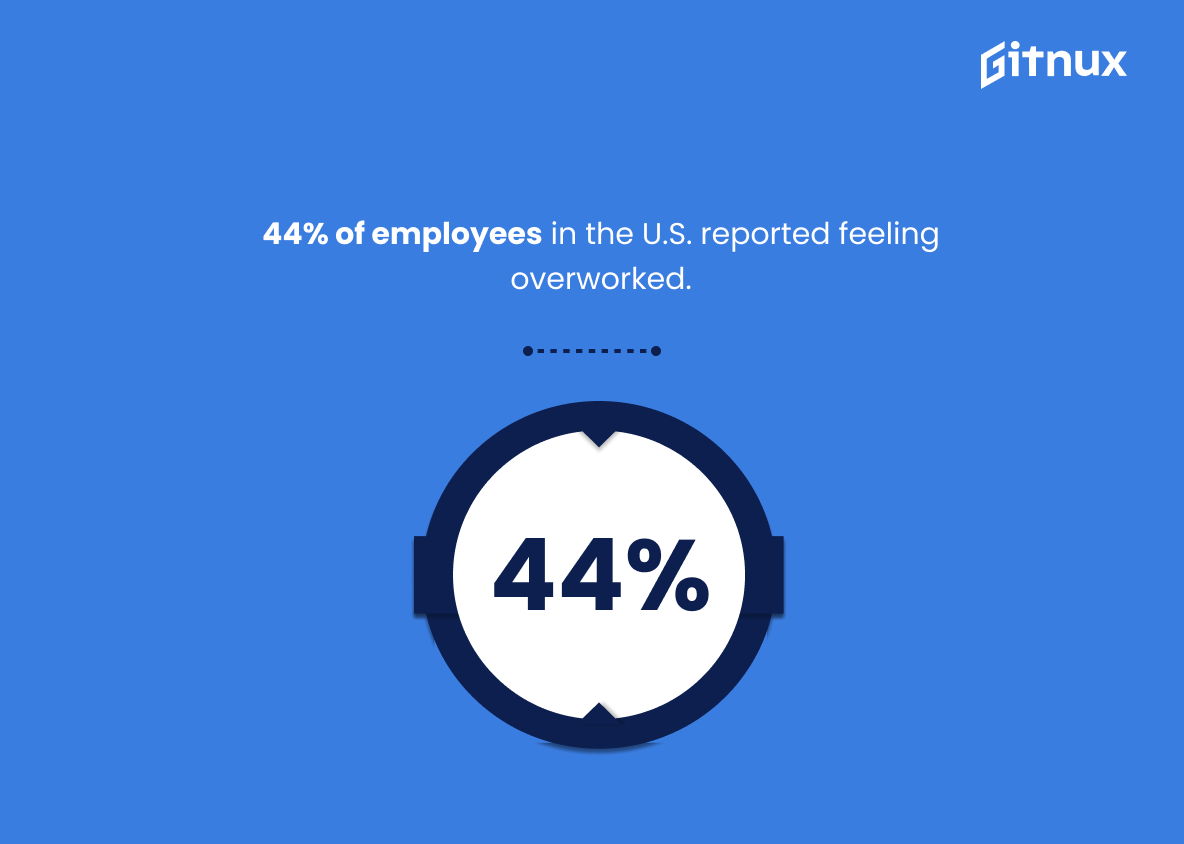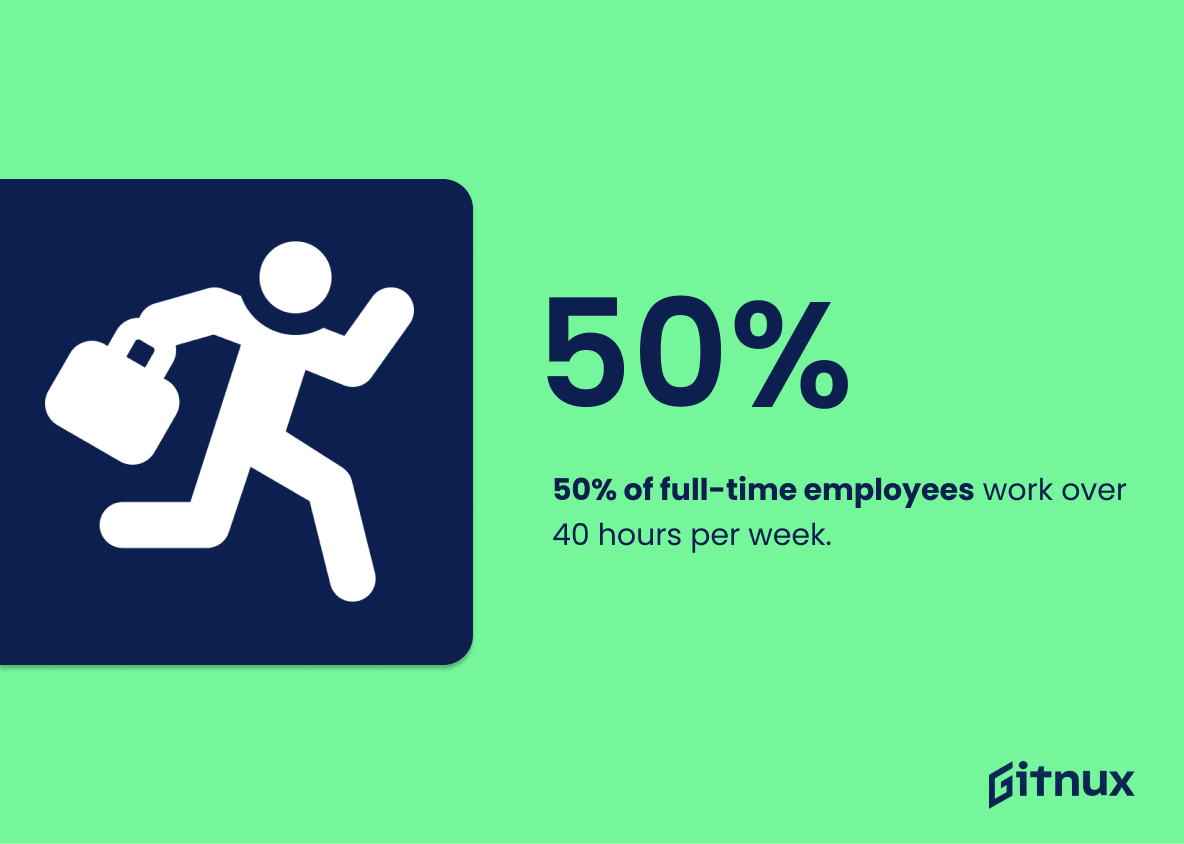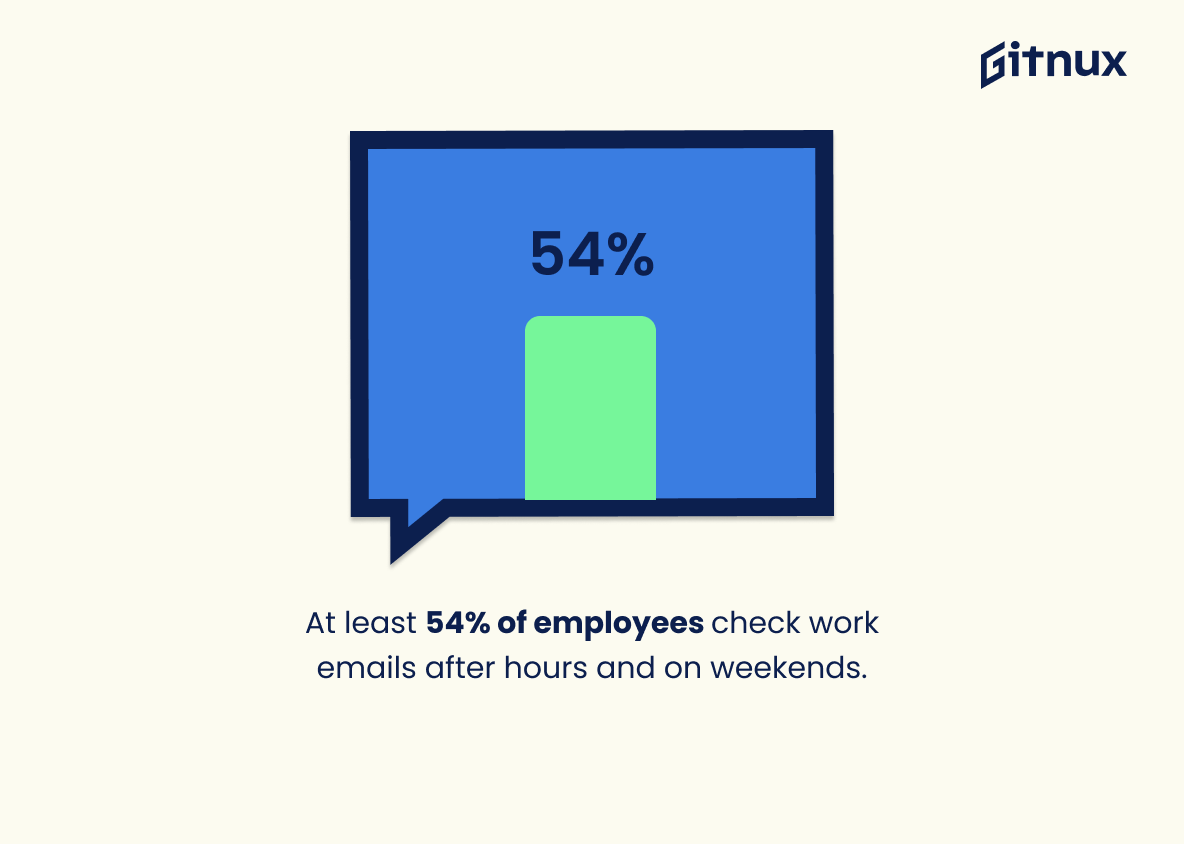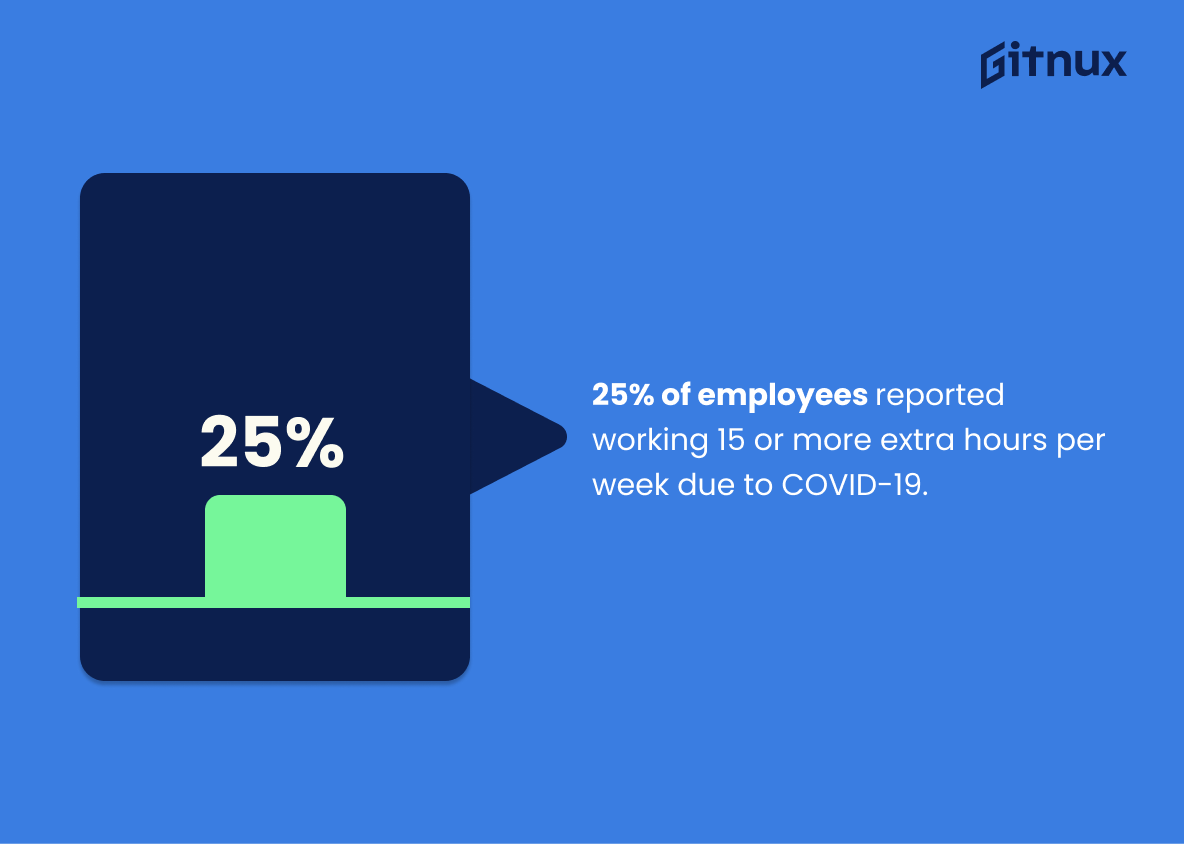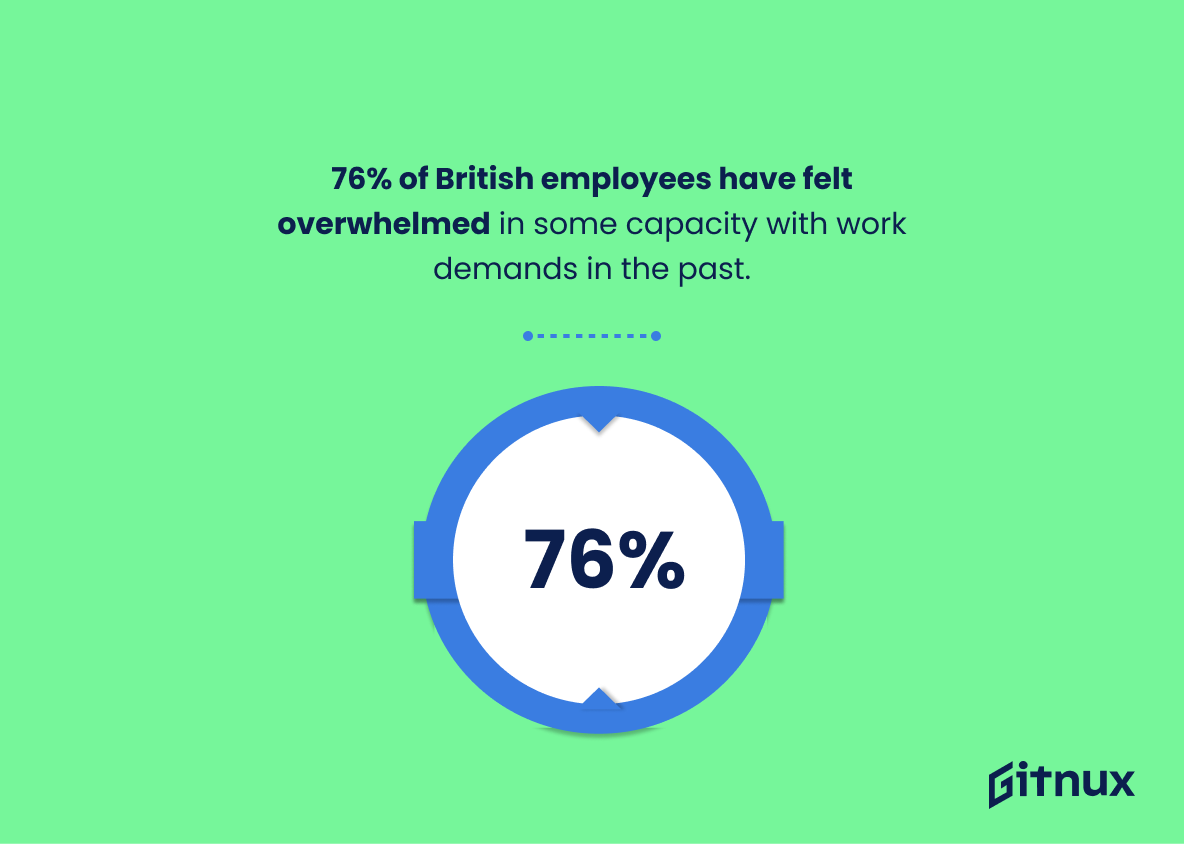Are you feeling overworked and underpaid? You’re not alone. Recent statistics show that overworked employees are becoming increasingly common. In this blog post, we’ll take a look at the statistics surrounding overworked employees and discuss what can be done to help alleviate this growing problem.
We’ll also explore the potential consequences of overworking employees and how it can affect productivity, morale, and overall job satisfaction. So, if you’re feeling the strain of too much work, read on to find out more about the current state of overworked employees.
Overworked Employees: The Most Important Statistics
In 2018, 81% of human working hours were spent on reasoning and decision making, coordinating, developing, managing and advising; however, the prediction for 2022 is that fewer human beings will participate in these works.
Around half of surveyed employees in the US said that large workloads added to their work-related stress a lot, and 40.5% of workers’ stress is from worries about job security.
Overworked Employees Statistics Overview
Asian countries have the highest average weekly hours per employee, with Gambia and India leading the way at 50.78 and 50 hours respectively.
This highlights the need for more workplace regulations in Asian countries to ensure that employees are not overworked and are able to maintain a healthy work-life balance.
The African countries of Somalia, Vanuatu, and Nigeria have the fewest working hours per week, with Netherlands being the fewest in Europe.
France and Denmark have the highest strike days per 1000 employees each year, averaging 118 and 116 days respectively. Employees in France and Denmark are therefore willing to take action to protect their rights and are not afraid to take days off to do so, which could be seen as a sign of healthy work-life balance.
Countries with a historical relationship with communism or highly developed capitalism have a high trade union participation rate.
Labor unions are known to represent collective interests, particularly in relation to wages and working conditions. By having a high trade union participation rate, employees in these countries may be more likely to receive better wages and working conditions than those in countries with lower union participation rates.
In 2018, 81% of human working hours were spent on reasoning and decision making, coordinating, developing, managing and advising; however, the prediction for 2022 is that fewer human beings will participate in these works.
This shows that the amount of work that humans are doing is decreasing, which could lead to fewer employees being overworked. This could lead to a decrease in stress levels and an increase in job satisfaction for those employees.
Latin America and the Caribbean experienced the highest working time loss in 2020 due to the Coronavirus pandemic, and this is expected to continue into 2022.
This is significant as it highlights the disproportionate burden of the pandemic on certain regions, and the potential for overworked employees in the future.
46.6% of US health workers who worked over 60 hours a week reported depression in April 2021, a much higher prevalence than those who worked 40 hours a week.
Overworking can have a significant impact on mental health, which is important to consider when making decisions about how many hours employees should work in order to ensure their mental health is not negatively affected.
Around half of surveyed employees in the US said that large workloads added to their work-related stress a lot, and 40.5% of workers’ stress is from worries about job security.
It highlights the two main sources of stress for employees in 2021: large workloads and worries about job security.
Karoshi is still a major issue in Japan, with 1935 suicides due to work-related stress in 2021, despite a decrease from 2472 in 2012.
Supplementary Statistics
33% of workers feel continually exhausted due to intense work pressure.
This serves as a wake-up call to employers to take a closer look at their work environment and ensure that their employees are not overburdened.
44% of employees in the U.S. reported feeling overworked.
It serves as a call to action for employers to take a closer look at their employees’ workloads and make sure they are not overburdening them. It also highlights the need for employees to take a stand and advocate for themselves when it comes to their workloads. This statistic is an important part of the conversation about overworked employees and should not be overlooked.
50% of full-time employees work over 40 hours per week.
Many full-time employees are overworked, often to the detriment of their health and wellbeing. It highlights the need for employers to take steps to ensure their employees are not overworked and are given the opportunity to rest and recharge.
At least 54% of employees check work emails after hours and on weekends.
This highlights the fact that many employees are expected to be available outside of their regular working hours, which can lead to burnout and a decrease in productivity.
45% of U.S. employees believe they are experiencing burnout.
It serves as a wake-up call to employers and employees alike that burnout is a real issue that needs to be addressed. It also highlights the need for employers to take proactive steps to ensure their employees are not overworked and are given the resources and support they need to stay healthy and productive.
25% of employees reported working 15 or more extra hours per week due to COVID-19.
Many employees are being forced to work longer hours than usual, often without additional compensation, in order to keep up with the demands of their job. This statistic is a powerful illustration of the toll that the pandemic has taken on the workforce, and it is an important factor to consider when discussing the issue of overworked employees.
76% of British employees have felt overwhelmed in some capacity with work demands in the past.
This statistic is an important factor to consider when discussing the issue of overworked employees, as it provides a tangible indication of the magnitude of the problem.
44% of Europeans feel overworked on a regular basis.
This is a reminder of the reality that many Europeans face on a daily basis – feeling overworked. It highlights the need for employers to take a closer look at their employees’ workloads and ensure that they are not being overburdened. It also serves as a warning to employees to be mindful of their own workloads and take steps to ensure that they are not becoming overwhelmed. This statistic is an important part of the conversation about overworked employees and should not be overlooked.
Longer working hours (>55 hrs/week) increase the risk of stroke by 35% and heart disease by 17%.
Working too many hours can have serious consequences on one’s health, with a 35% increased risk of stroke and a 17% increased risk of heart disease. This is a sobering reminder that overworking can have serious implications for our physical and mental wellbeing.
74% of remote workers reported feeling burnt-out.
This highlights the need for employers to be mindful of the workloads they assign to their remote workers and to ensure that they are not overburdening them. It also serves as a warning to employees to be aware of their own limits and to take steps to prevent burnout.
27% of employees report feeling depressed due to work stress or burnout.
There is a need for employers to take proactive steps to reduce the amount of stress and burnout their employees experience, as it can have a significant impact on their mental health.
28% of U.S. employees have taken a mental health day due to burnout.
This is a call to action for employers to prioritize the mental health of their employees and create a workplace environment that is conducive to productivity and well-being.
47% of Singaporeans feel the effects of overworking, facing issues such as physical and mental fatigue.
There is a prevalence of physical and mental fatigue among Singaporeans, and serves as a call to action for employers to take steps to ensure their employees are not overworked. This statistic is an important piece of evidence that can be used to illustrate the need for better work-life balance in Singapore.
21% of South Koreans aged 20-29 experienced depression from overworked conditions.
This highlights the need for employers to take steps to ensure their employees are not overworked and that their mental health is taken into consideration. This statistic is a call to action for employers to prioritize the well-being of their employees and to create a healthier work environment.
80% of Australian workers experience burnout at some point in their careers.
It serves as a call to action for employers to prioritize the mental health and wellbeing of their employees, and to create a workplace culture that is conducive to productivity and job satisfaction.
Japan sees over 2,000 “karoshi” (death by overwork) related cases per year.
Employers need to take steps to ensure their employees are not overworked and that their health and safety is a priority. It also serves as a warning to employees to be aware of the risks of overworking and to take steps to ensure their own wellbeing.
42% of U.S. employees feel obligated to check in with work during their personal time.
It speaks to the reality that many employees feel they must be available to their employers at all times, regardless of the time of day or night. This statistic is a stark reminder of the need to address the issue of overworked employees and to ensure that employees are given the opportunity to have a healthy work-life balance.
Conclusion
In conclusion, the statistics about overworked employees are concerning. It is important for employers to recognize the signs of overwork and take steps to ensure that their employees are not overworked.
This could include providing more flexible working hours, offering more vacation time, and providing better support systems. By doing so, employers can help to create a healthier and more productive work environment for their employees.
References
1 – https://www.statista.com/statistics/1338913/countries-highest-working-hours-worldwide/?locale=en
2 – https://www.statista.com/statistics/1338919/countries-lowest-working-hours-worldwide/?locale=en
3 – https://www.statista.com/chart/20167/the-countries-which-go-on-strike-the-most/
4 – https://www.statista.com/statistics/1356735/labor-unions-most-unionized-countries-worldwide/?locale=en
5 – https://www.statista.com/statistics/918848/workplace-automation-ratio-human-working-hours-task/?locale=en
6 – https://www.statista.com/statistics/1259461/working-hours-lost-due-to-covid-by-region/?locale=en
7 – https://www.statista.com/statistics/1255169/mental-health-conditions-among-health-workers-by-hours-worked-per-week-us/?locale=en
8 – https://www.statista.com/statistics/1248989/factors-adding-to-work-related-stress-among-us-employees/
9 – https://www.statista.com/statistics/622325/japan-work-related-suicides/?locale=en
10 – https://www.statista.com/statistics/623009/japan-work-related-suicides-by-reason/?locale=en
11 – https://www.linkedin.com
12 – https://www.insurancenews.com.au
13 – https://www.frontiersin.org
14 – https://www.thebalancecareers.com
15 – https://www.asiaone.com
16 – https://www.flexjobs.com
17 – https://www.bgateway.com
18 – https://www.advance.online
19 – https://www.thestar.com.my
20 – https://www.bloomberg.com
21 – https://www.statista.com
22 – https://www.accountemps.com
23 – https://www.who.int
24 – https://www.mentalhelp.net
25 – https://www.forbes.com
26 – https://www.gallup.com
27 – https://www.cnbc.com
